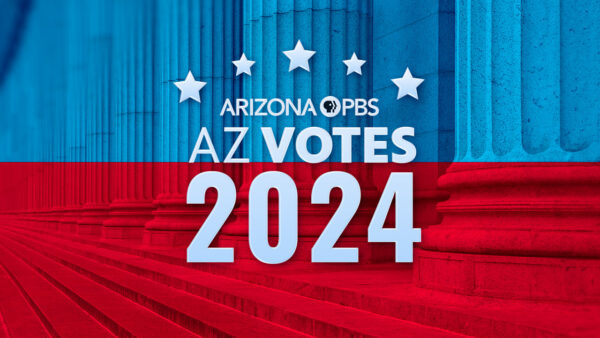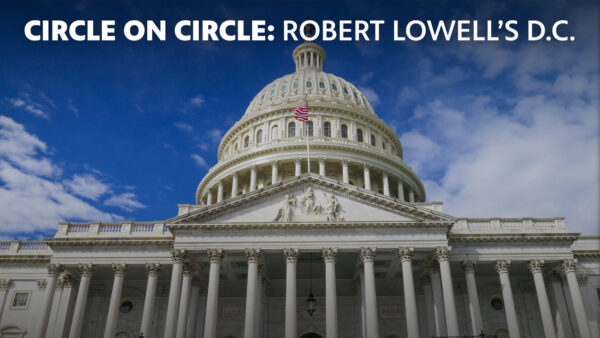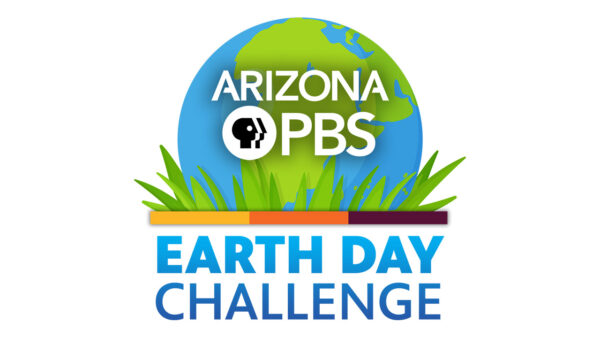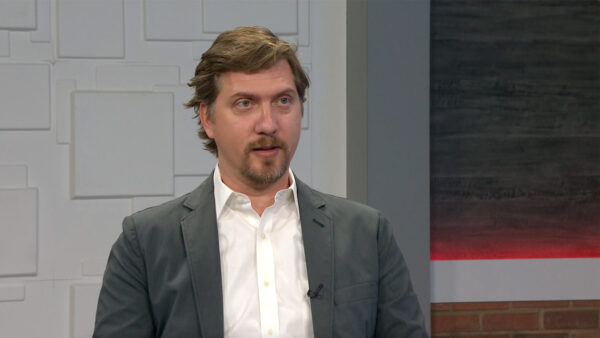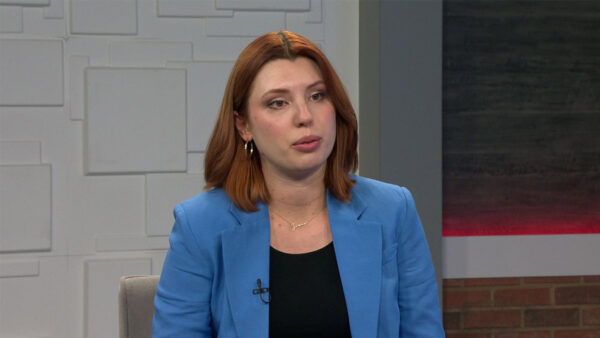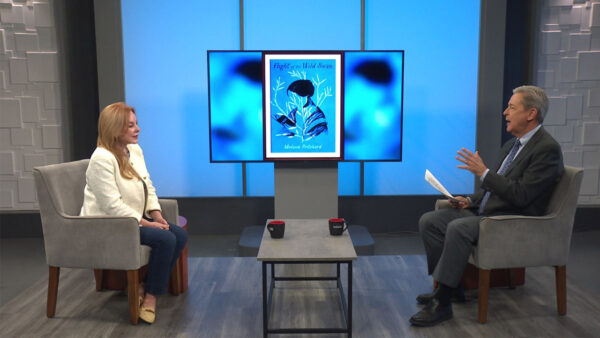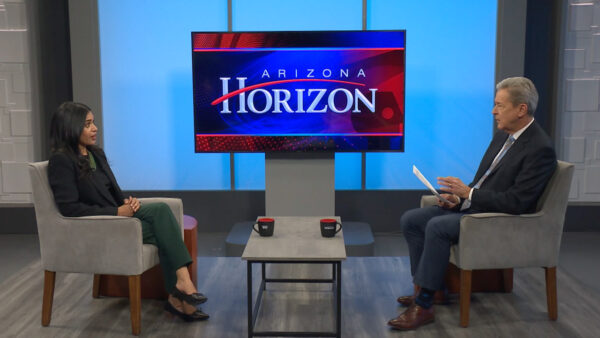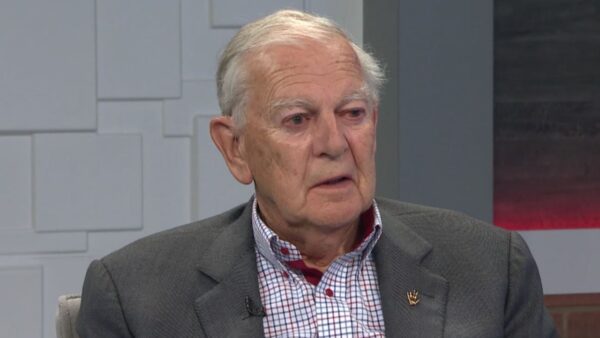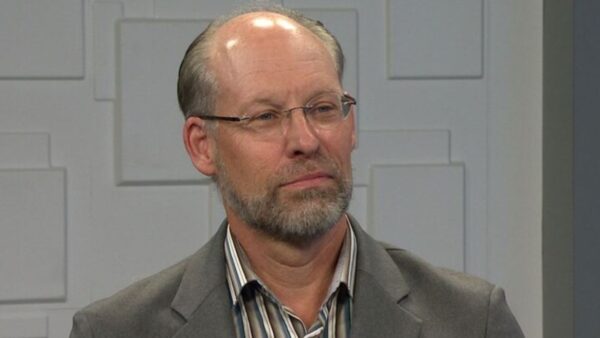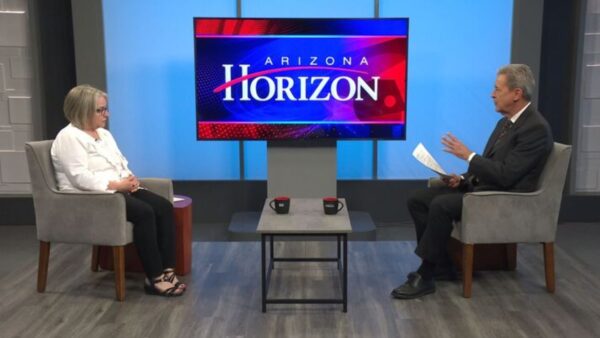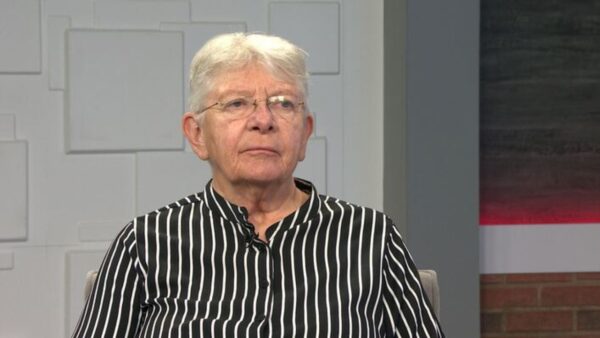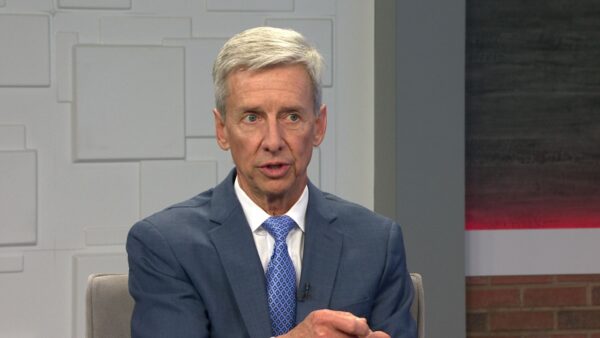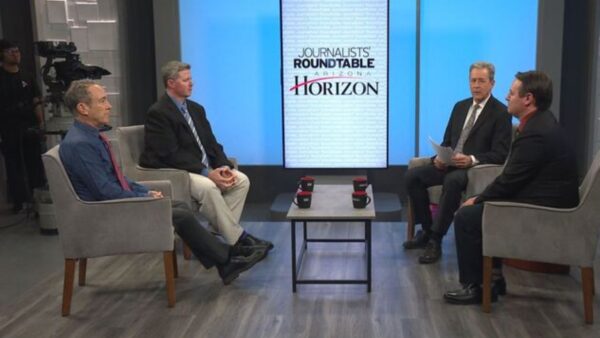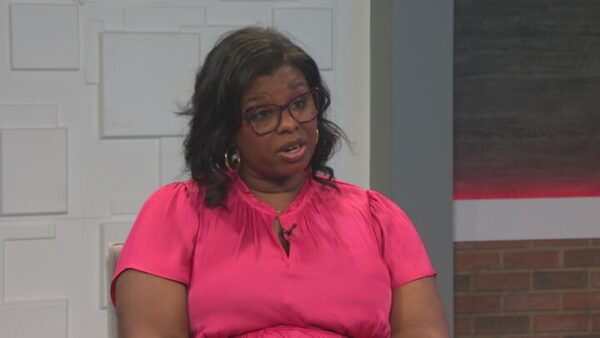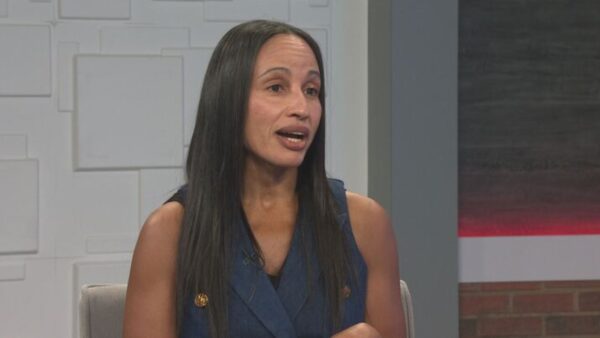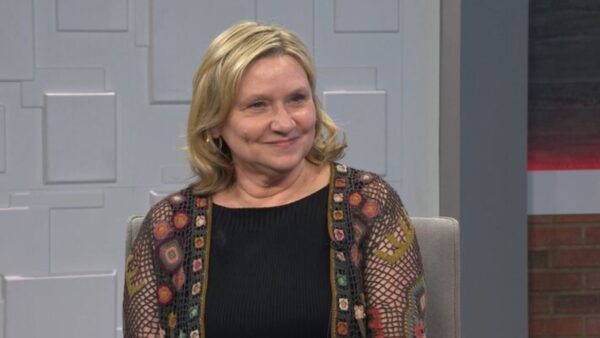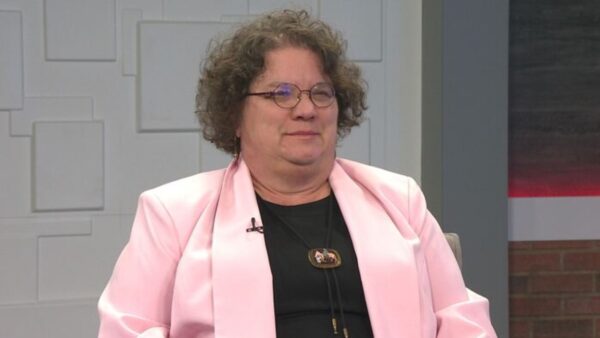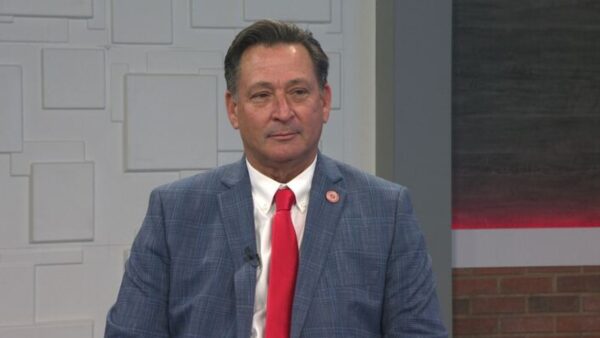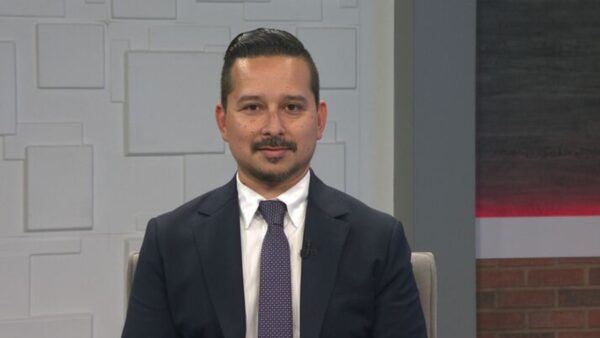Howard Center of Investigative Journalism looks into how the CARES Act was distributed to the homeless population
Dec. 16, 2020
$4 Billion dollars of CARES Act funding was specifically allocated for the Homeless population in the United States. But, how was the money used? ASU’s Howard Center of Investigative Journalism looked into the issue.
We learned more from the Howard Center’s Lauren Mucciolo, along with student reporters Helen Wieffering and Austin Fast.
“It was an opportunity really to reimagine how America cares for its homeless people with that kind of money…So we looked at what various communities were doing all over the country and found some really interesting things,” said Mucciolo.
Starting the research, Wieffering said they found that although money was released in March, the homeless population did not begin to receive any funding until April or May.
This tracking information was found through a website called, “USA Spending” and, “we found that by the end by our publishing date around the start of December, that fewer than half the recipients had access to all of their money,” said Wieffering.
The money is considered to be a part of an emergency aid package, Wieffering said she was surprised many did not receive money that was labeled an “emergency”.
For many years a specific formula was used to figure out how much money to provide to homeless communities. But, in the early 2000’s the Senate claimed this formula did not provide the homeless with what they needed, said Fast.
The CARES Act for the first time, ” put out 14 times the amount of last year’s homeless funding and Congress mandated that they actually changed the formula to take into account the estimated number of homeless people exist in a given area to determine how much funding they get,” said Fast.
Another find in this investigation is the racial disparities within homelessness, especially within the twin cities.
“Black and Indigenous populations are less than 15% of the Twin Cities population but about 65% of the homeless population,” said Wieffering.
Mucciolo said what really struck the group’s investigation is that it, “took a pandemic for [the government] to think about a proper formula to allocate money properly. So, these aren’t ideas that that we haven’t figured out yet, we know the answers, and unfortunately it just takes political will to make that change.”
